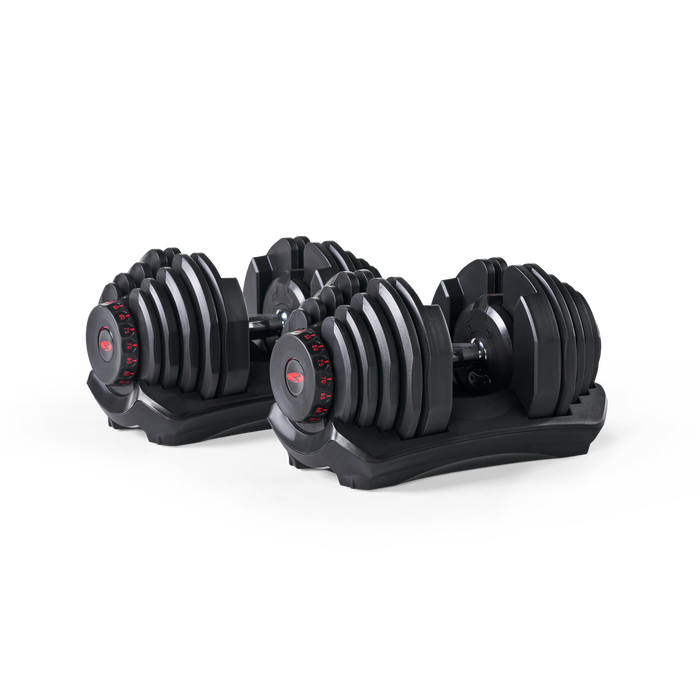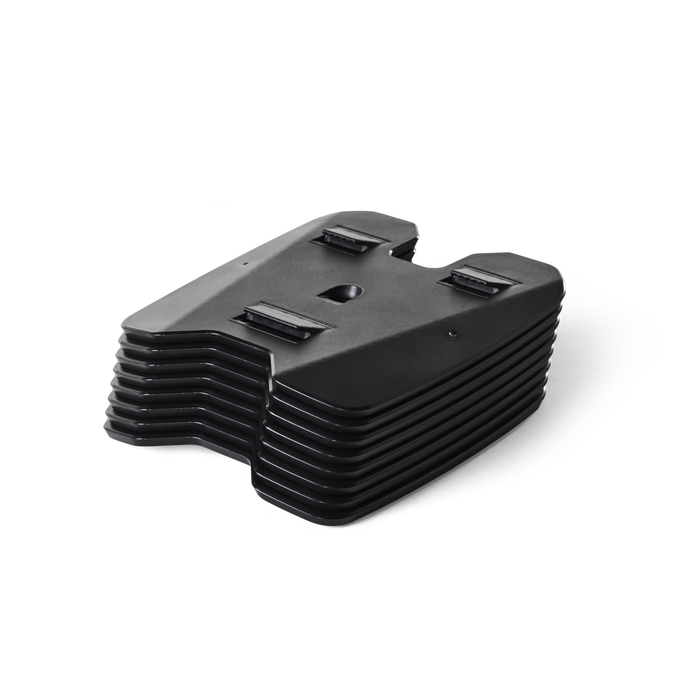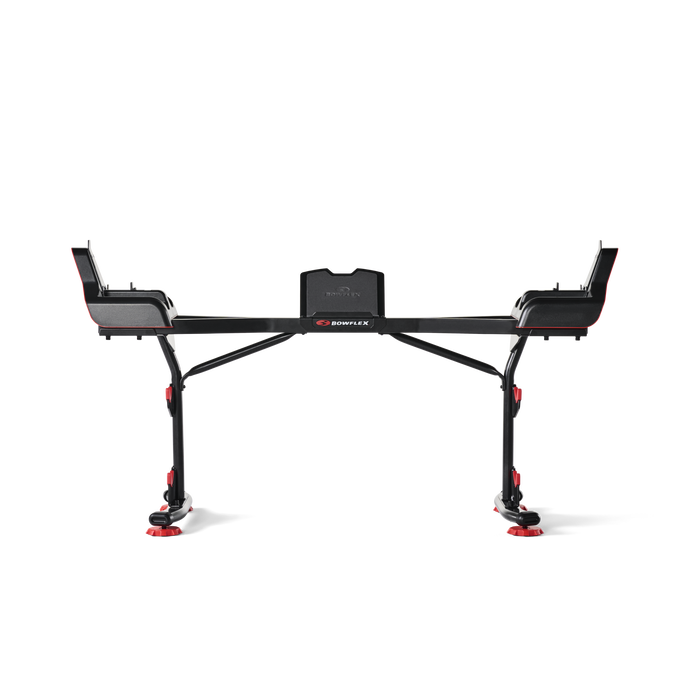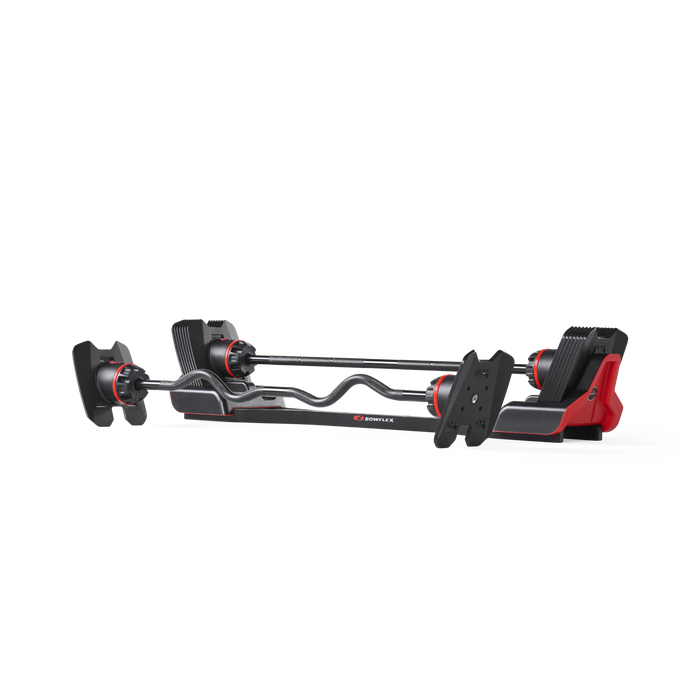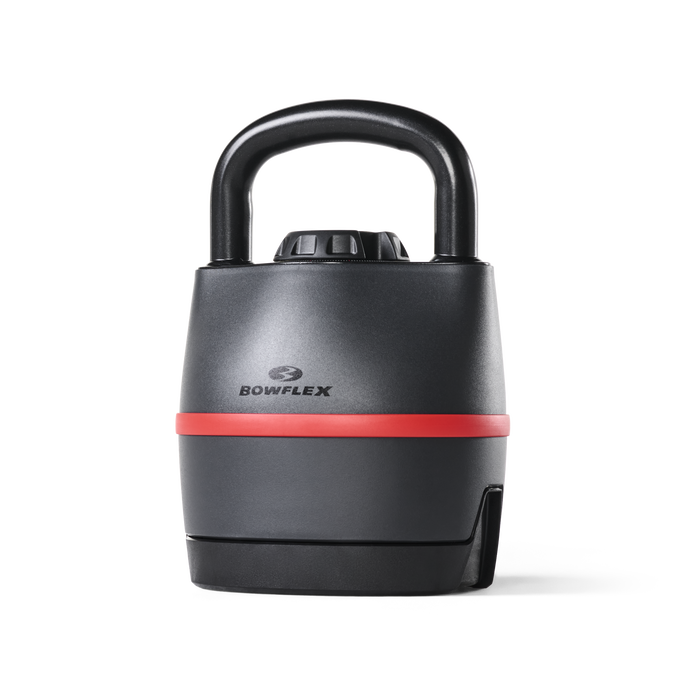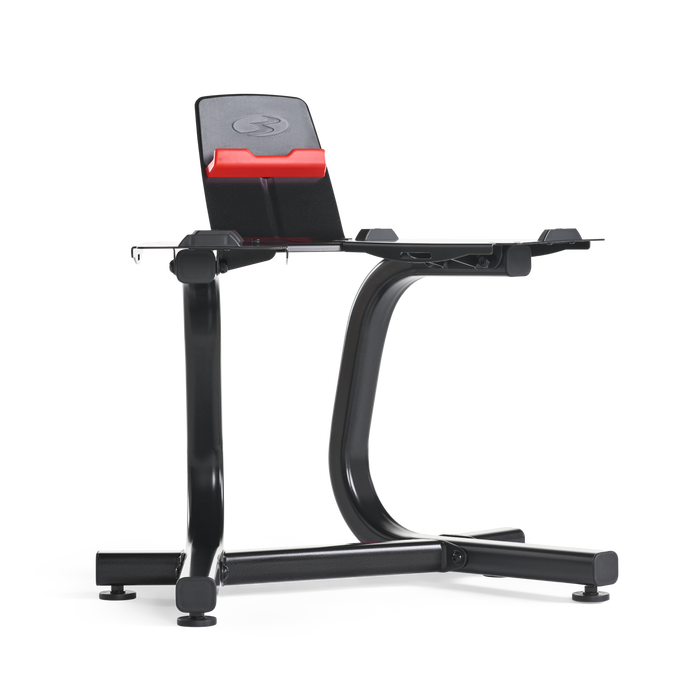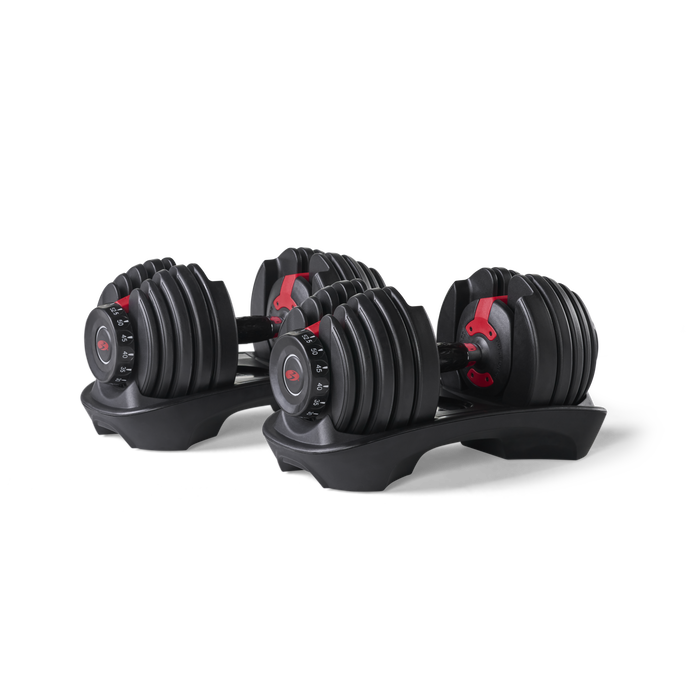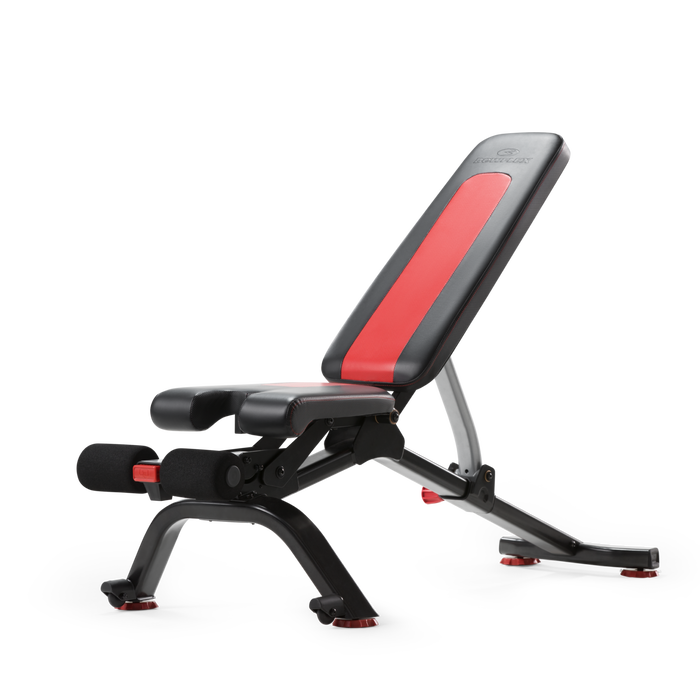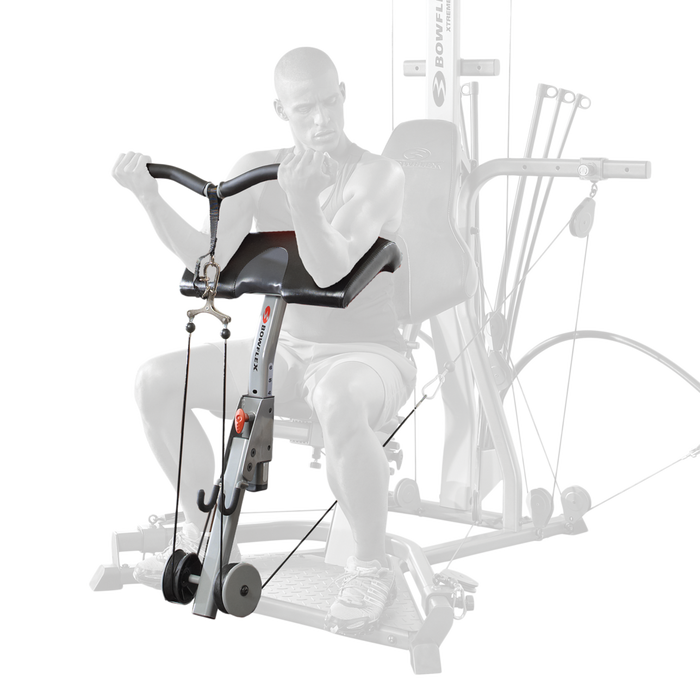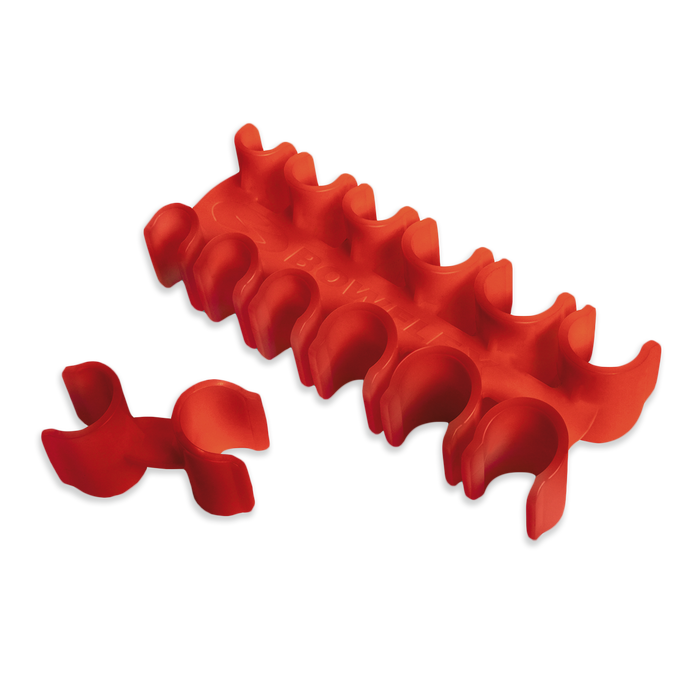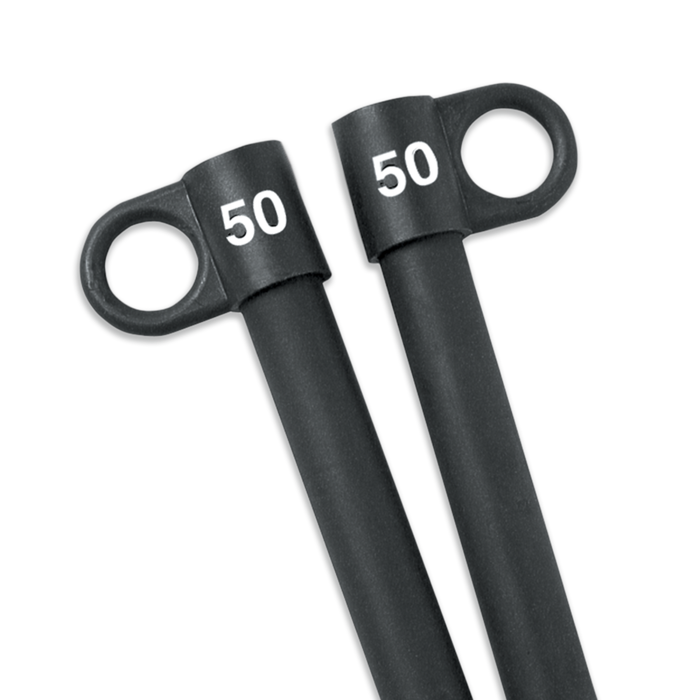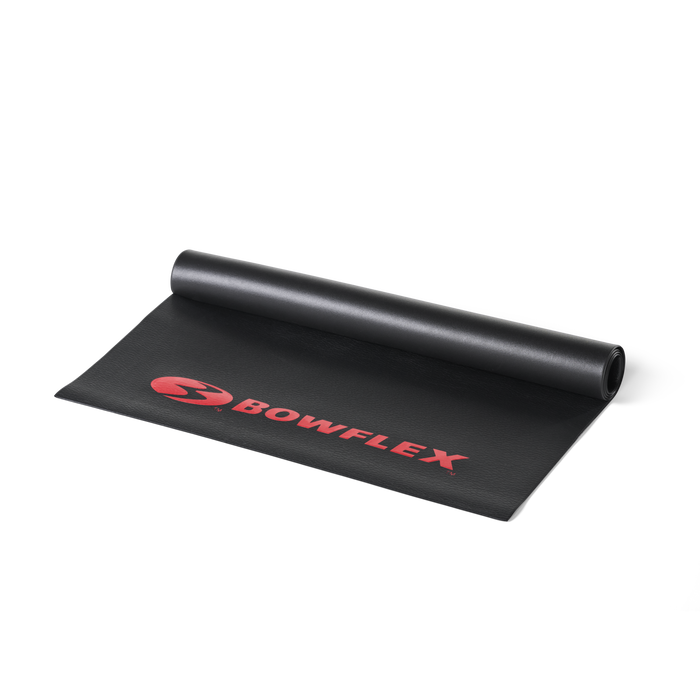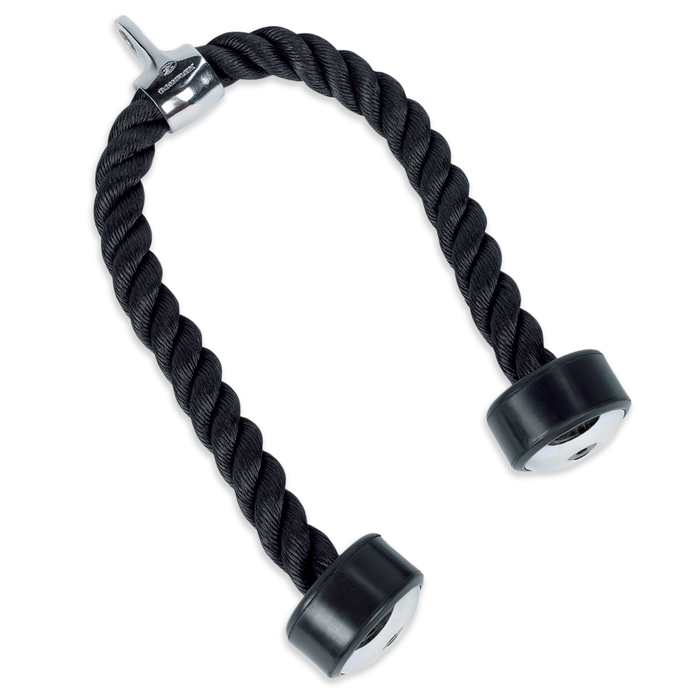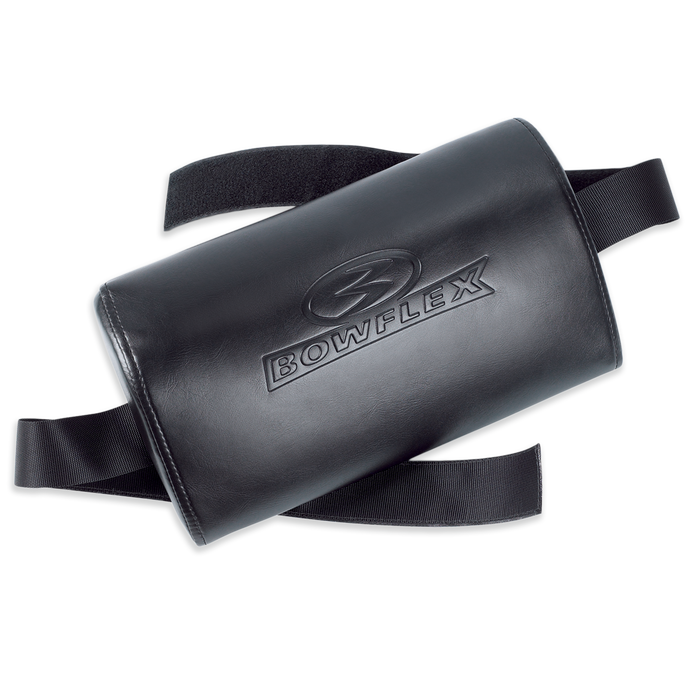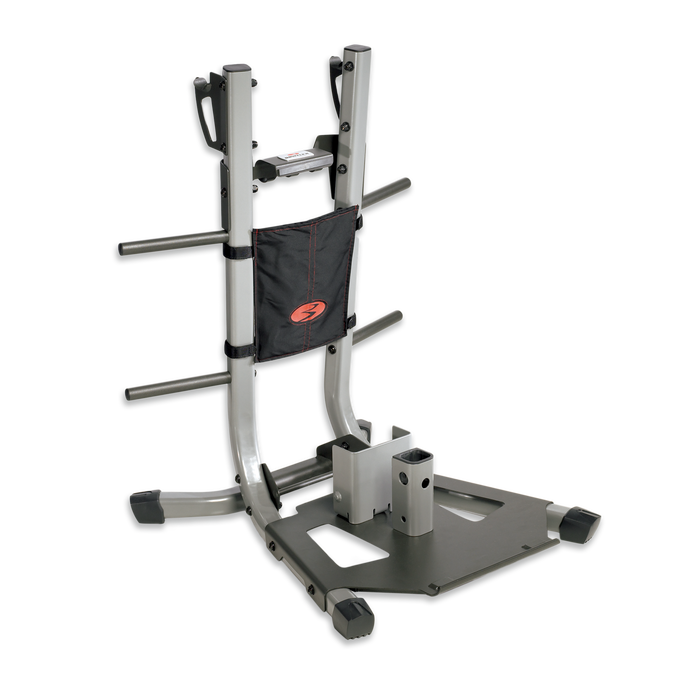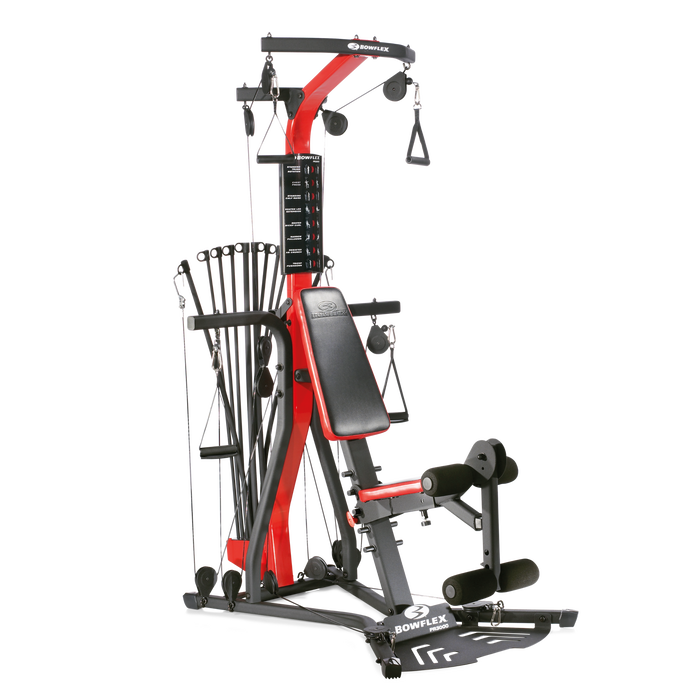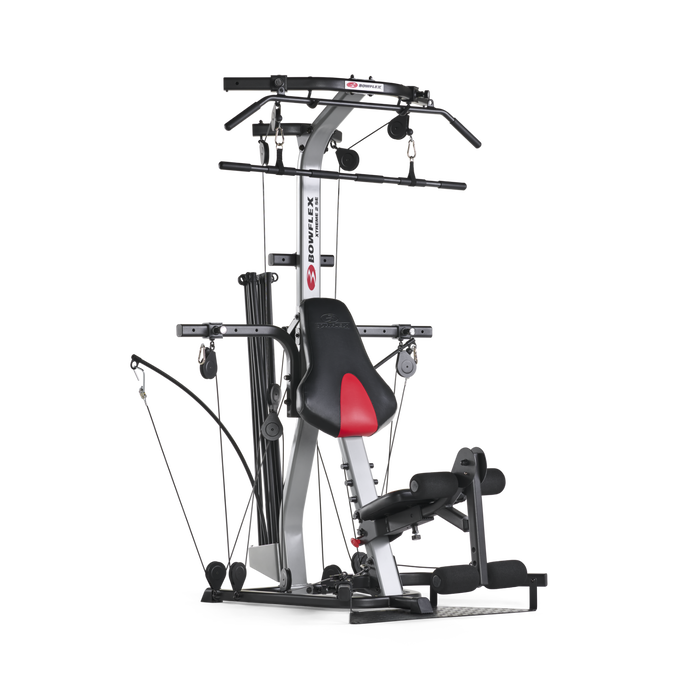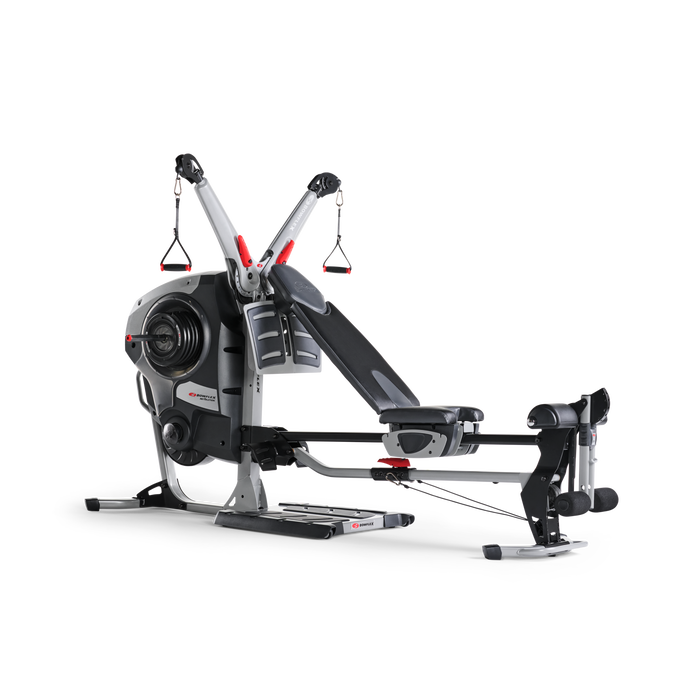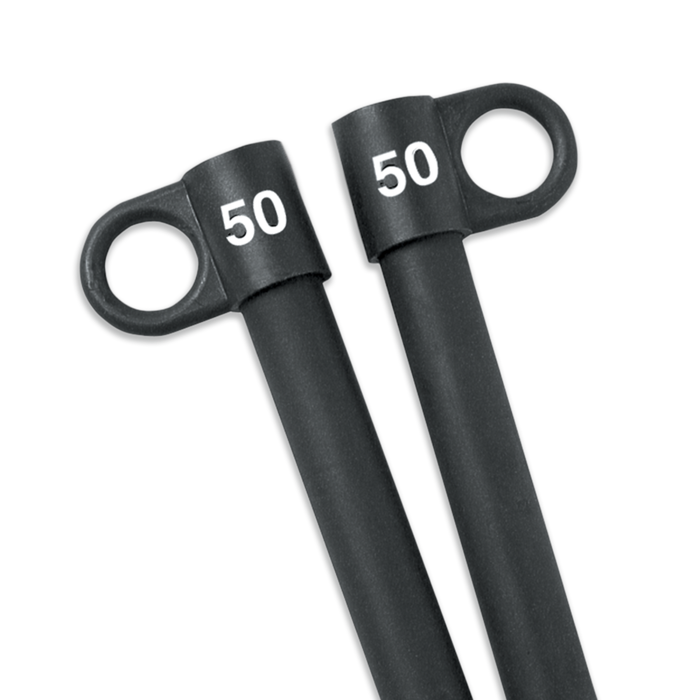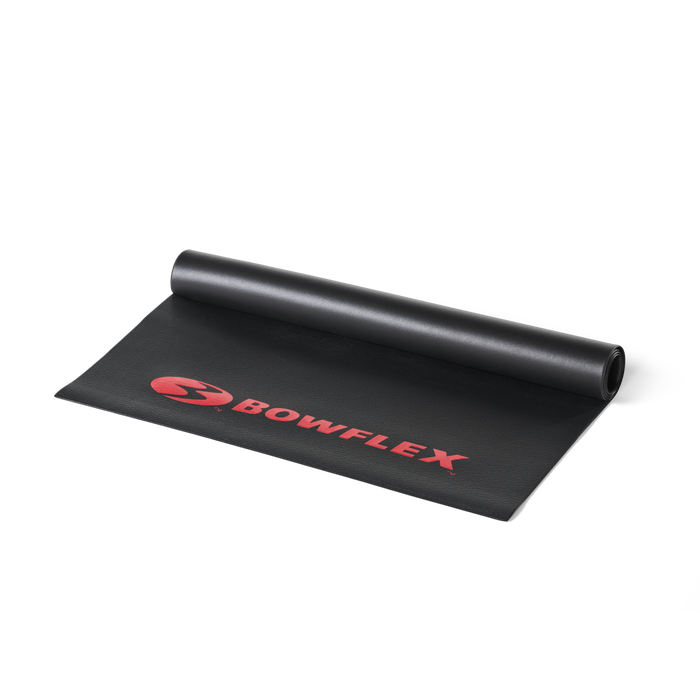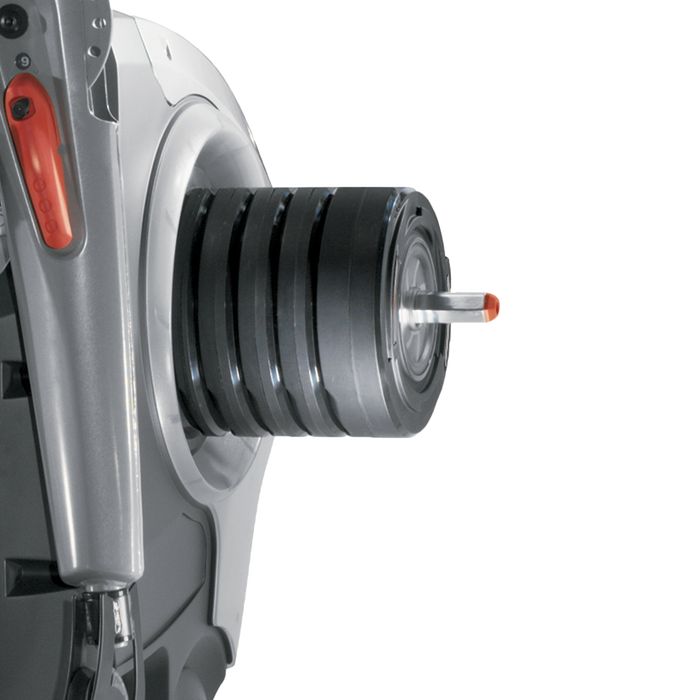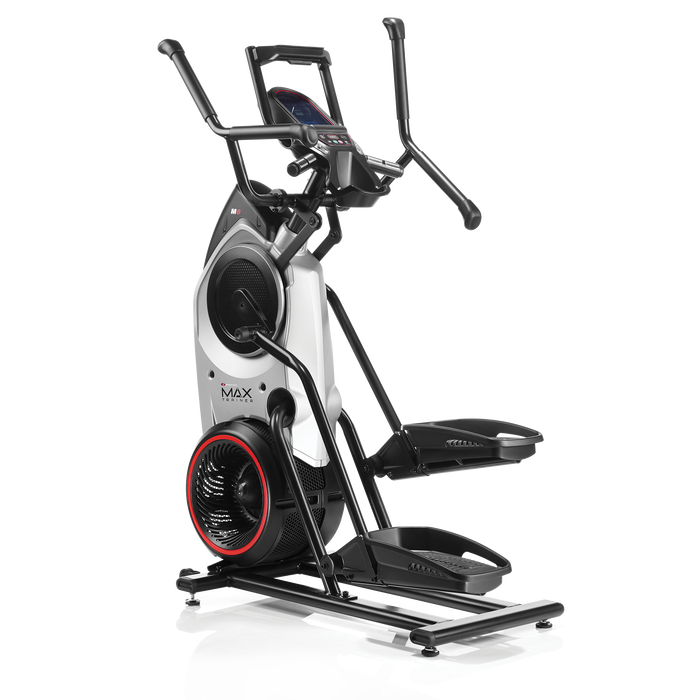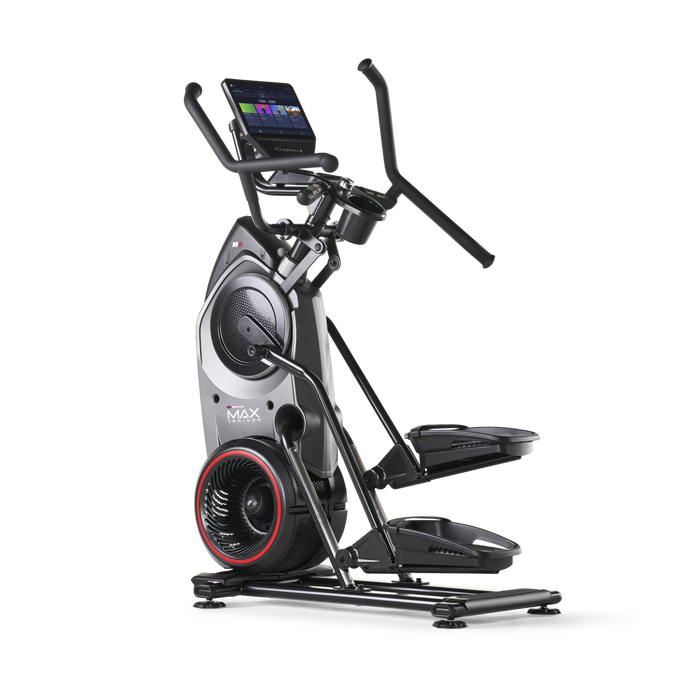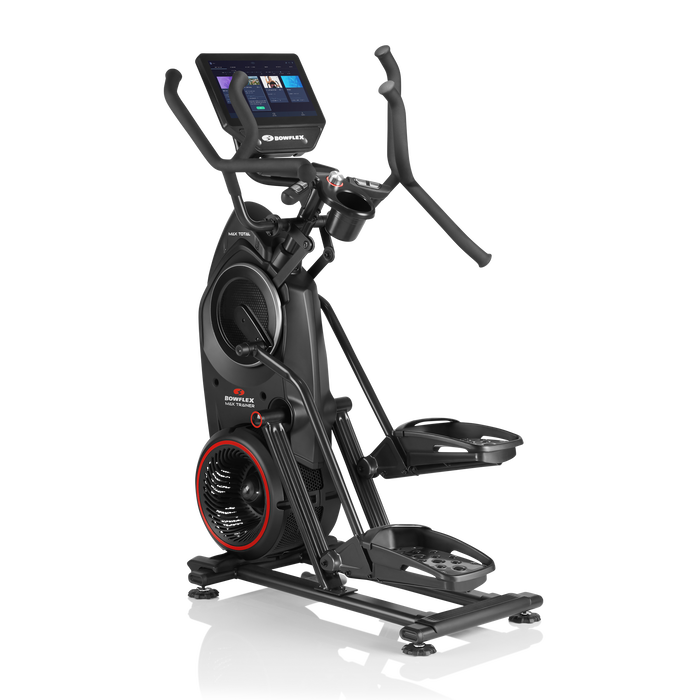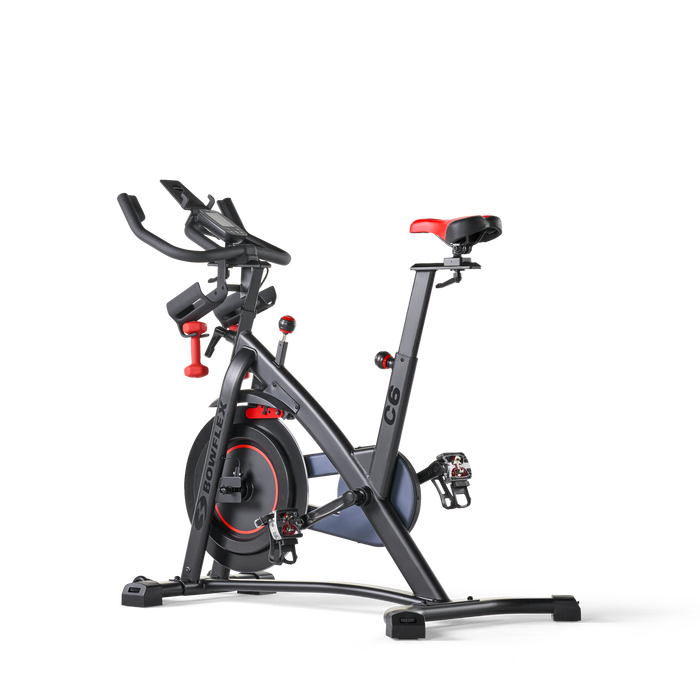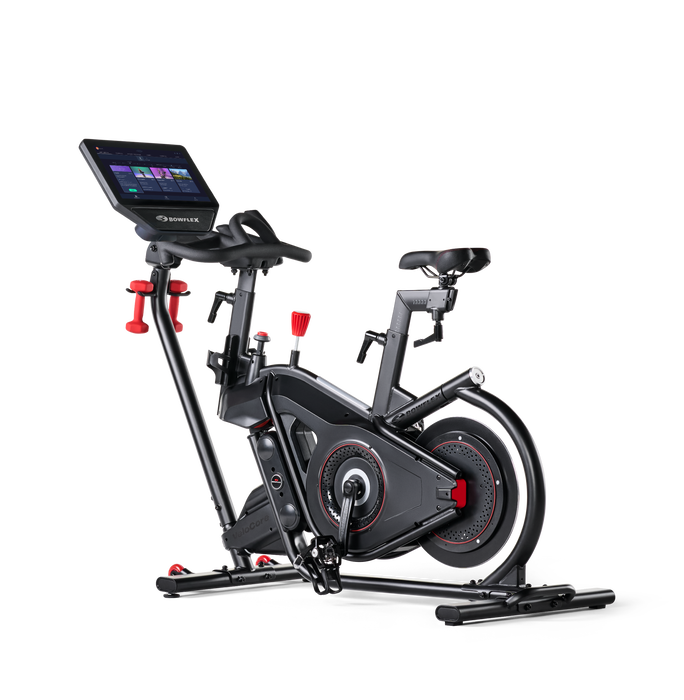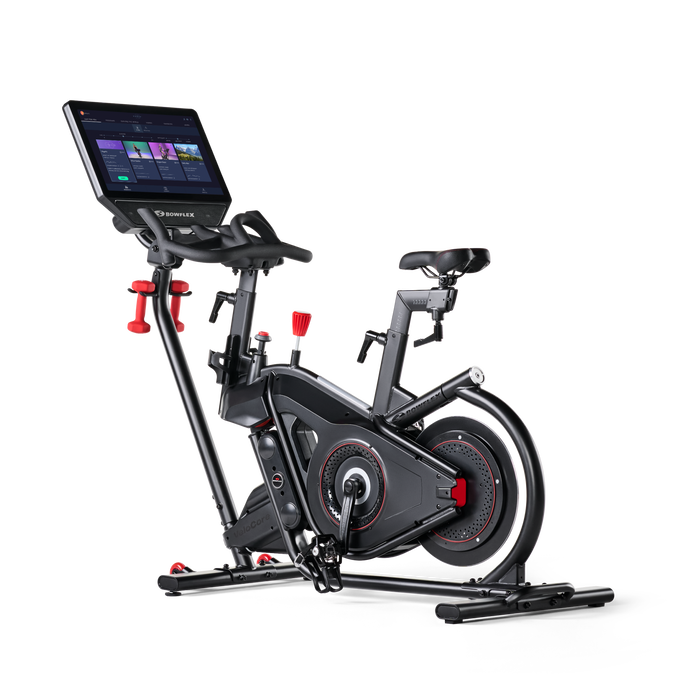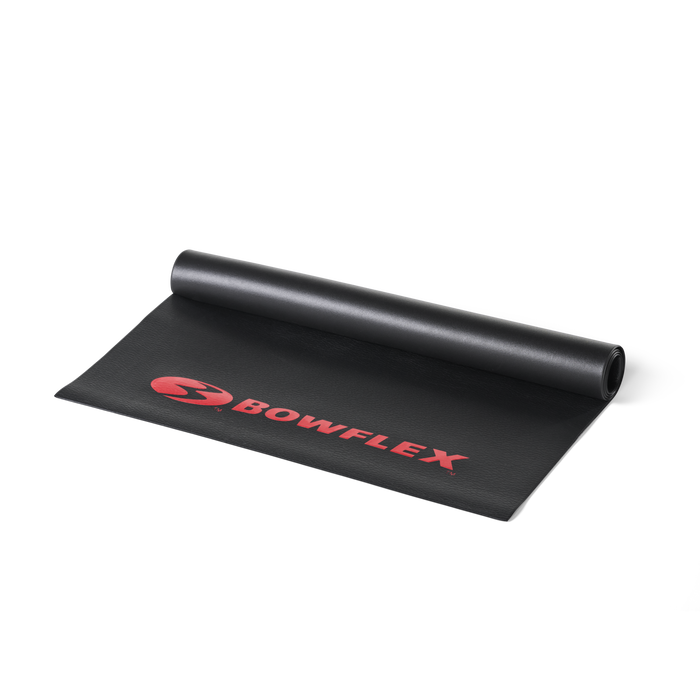Fit Tip Thursday: How to Do a Squat, Perfectly

Ask any top fitness professional to choose their favorite exercise for the lower body and many would answer, "the squat." And the reasons are simple. The squat contains all of the characteristics of a great exercise:
- It is a functional movement.
- It requires no equipment to be effective.
- It is valuable for both activities of daily living as well as sports performance.
- It can be scaled for the complete beginner up to the most advanced exerciser
- It can help dramatically improve the body's structural integrity which helps to prevent injury.
Squats Are Not Bad for You… Bad Squats Are Bad for You
Despite the functional benefits of squats, the squat has gotten a bad rap over the years. Many people, including some doctors, believe that squats are detrimental and are therefore an exercise that should be avoided.
But if we look at basic human movement, we are performing squats all day long during our activities of daily living as well as during our recreational sports. Therefore, it stands to reason that our focus should be on strengthening these muscles, rather than allowing them to become weak, which leads to imbalances, joint instability, and inevitably, injury.
The key to squats is to do the movements correctly. By using proper form and the correct resistance you will sculpt your legs and butt, decrease your chance of injury and associated pain, improve sports performance and make your day-to-day activities significantly easier and more enjoyable.
How To Do a Squat Correctly (with Proper Form)
- Start by standing up tall with your feet about shoulder width apart. At this point, your arms are hanging comfortably at your sides.
- Begin the squatting motion by pushing your hips back, engaging the glutes and bending the knees.
- Adjust your body so that your weight is over your heels and stretch your arms out in front of you for balance as you continue lowering.
- Stop when your knees are flexed at about a 90° angle. Hold here briefly, then slowly stand back up returning to the starting posture.
- Throughout the squat, keep your torso elongated. Don't slouch or arch your back. It is also important that you keep your knees behind your toes during the entire squat exercise.
Want more health and fitness video tips and workouts just like this? Read more Fit Tip Thursdays or check out our YouTube channel for great tips, fitness videos, and workouts.

